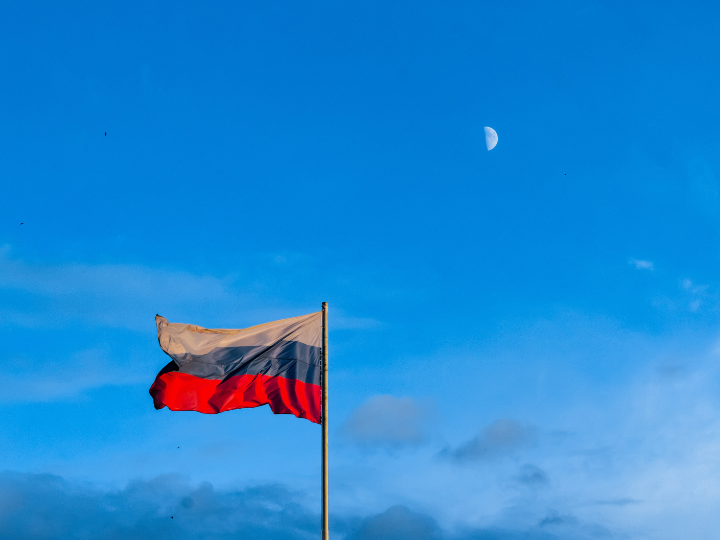by Alexandra Brzozowski
Since the Russian invasion of Ukraine in February 2022, the EU has applied 11 packages of sanctions against Moscow, with measures spanning across sectors and including some 1,800 individuals and entities.
The main focus of the new round of measures, proposed by the European Commission on Wednesday (15 November), is to further crackdown on the Kremlin’s ability to circumvent the bloc’s sanctions and feed its war machine, as well as curb Russia’s ability to finance its invasion of Ukraine.
EU officials have been evasive about the reasons for the delay of the EU’s latest sanctions package against Russia, despite the public announcement of European Commission boss Ursula von der Leyen in Kyiv two weeks ago.
Diamonds may be forever, but not when it comes to imports from Russia, which is the biggest producer of rough diamonds cut from hundreds of mines beneath the Siberian permafrost.
While the option to include them has been discussed by EU member states for months, mostly with the opposition of Belgium over protecting its diamond capital Antwerp, now the EU’s executive proposed to ban imports of Russian non-industrial natural and synthetic diamonds and diamond jewellery from the start of 2024.
The proposal calls for an import, purchase and transfer ban on diamonds transiting Russia and Russian diamonds cut and polished in third countries, such as India. Add to that a progressive phase-in – from 1 March to 1 September next year – of an import ban of Russian diamonds when processed in third countries.
“This phasing-in of indirect import bans takes into consideration the need to deploy an appropriate traceability mechanism that enables effective enforcement measures and minimises disruptions for market players,” the proposal text, seen by Euractiv, stated.
The new package includes measures to better enforce the EU’s leaky price cap on Russian oil as well as targeting the export of machine tools and machinery parts that Moscow uses to produce weapons used in Ukraine.
Moscow has been importing some machinery from Europe to be used to make ammunition. With the upcoming winter, and likely more fierce trench warfare ahead, the ammunition battle might prove decisive for the outcome of the war.
Russia has been able to sustain its own production of ammunition and at the same time acquire large stocks from third countries like North Korea, while Ukraine’s Western allies risk falling short of commitments to provide Kyiv with enough artillery shells.
Meanwhile, the bloc is also drawing up plans to hit third countries with economic penalties if they fail to comply with Western sanctions or can’t explain a sudden rise in trade in banned goods.
If approved, the proposals would also target 120 individuals and entities, including more than 30 companies added to a list of entities with which trade is restricted, including Kazakhstan, Uzbekistan, Singapore and several Russian machine-building companies.
But with the new package on the way, many ask: What is left?
The laborious journey of the current proposal, which was discussed by EU ambassadors on Friday (17 November), shows that sanctions work in Brussels is slowing down.
Despite continued pressure by the bloc’s Eastern European sanctions hawks, Lithuania and Poland, it is increasingly unlikely other member states would sign up to their maximalist proposals, which include Russia’s nuclear sector, liquefied petroleum gas (LPG), liquefied natural gas (LNG) and steel. There is also a whole list of components made in the EU that can be used in Russian military hardware.
EU officials and diplomats are also increasingly questioning whether labelling future measures as ‘packages’ makes sense in the long-term and contemplate a transition towards a ‘more flowing’ sanctions regime.
And there is growing frustration over the circumvention of Western sanctions against Russia by unscrupulous states and businesses.
The EU’s special envoy David O’Sullivan has been appointed to make sure European sanctions are implemented, but despite jetting around third countries he lacks leverage to convince them to align with the bloc’s policies.
EU sanctions experts increasingly point towards the need to move from implementation to enforcement of sanctions.
*first published in: Euractiv.com




 By: N. Peter Kramer
By: N. Peter Kramer

